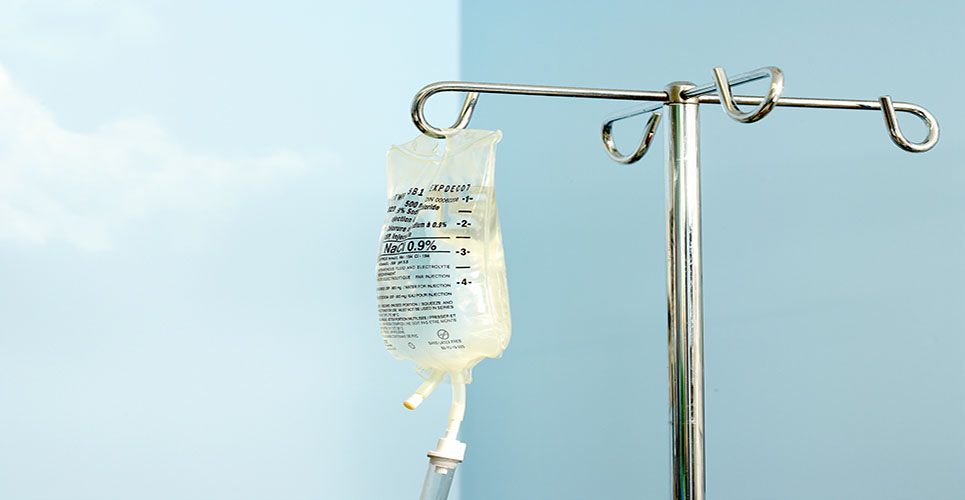teaser
Marianne Fields
MSN RN CNA
Director of Medical/Surgical Services Liaison to Rehab/Subacute
St Joseph’s/Candler
Savannah, GA
USA
E: [email protected]
Medication errors complicate care and cause serious problems in hospitals. Improving the safety and delivery of medications is the focus of St Joseph’s/Candler Health System Inc (SJC) located in Savannah, Georgia, USA. SJC developed a comprehensive plan to improve medication processes and prevent medication errors. Patient safety is a priority in our strategic plan. In 2002, smart pumps were introduced with established parameters for safe dosing that are programmed into the system. The limit is a “guardrail” to protect the nurse if a dose is entered that exceeds or is below the established limits. An audible trigger alerts the nurse and asks the question, “Do you wish to continue?” An “override” occurs when the nurse decides to administer the drug outside of the safety limits. These alerts are captured in a software system.
The programming overrides are reported and provide the basis for improvement projects. Table 1 shows a brief example of some of the programming “great catches” that could have resulted in harmful errors without the system’s dose-checking ability. “Teaching moments” are found in data from “overrides” and “great catches”.
[[HPE31_table1_57]]
PCA section
New technology was introduced in 2004 that allows nurses to monitor patients easily for signs and symptoms of respiratory depression associated with IV opioids administered by patient-controlled analgesia (PCA). SJC collaborated with a vendor of smart infusion pumps to evaluate this technology and refine the system.
Smart PCA infusion is programmed to provide dose checking limits and prevent programming errors. Maximum and minimum limits are defined by the organisation for the loading dose, clinician bolus, continuous dose, patient-controlled dose, lockout interval and four-hour drug maximum. To reduce the risk for programming errors further, SJC standardised to a single concentration of each drug. Between December 2005 and June 2005, 66 programming errors with PCA were prevented. Examples of PCA programming errors prevented are found in Table 2.
[[HPE31_table2_59]]
While implementing the smart PCA, SJC added a process to continuously monitor respiratory function for patients receiving PCA. Using an integrated delivery system controlled by the smart pump computer, SJC patients receive IV opioids using PCA. PCA patients may have continuous infusion of opioids or a self-administered dose of opioid upon demand. PCA may also provide a combination of continuous and self-administered doses. The device has integrated the measurement of respiratory function via end-tidal carbon dioxide (EtCO(2)) and oxygen saturation (SpO(2)) measurement.
Prior to the introduction of the smart pump, patients on PCA were monitored by intermittent oxygen saturation monitoring and nurse observation. Education and training was essential to the success of implementing continuous respiratory monitoring.
The decision was made to include a respiratory therapist on the team of professionals assessing and monitoring patients on PCA. This was a new role for respiratory therapists in the system, but they are the leaders in the organisation, interpreting the respiratory monitoring data. Respiratory therapists assess PCA patients during each shift and assist the nurse in making care decisions. At SJC we now continuously monitor EtCO(2) using a nasal cannula and SpO(2) using a sensor placed on the finger of the patient. The safety limits for the respiratory alarms are determined and programmed by SJC. The pump alarms if the patient has a respiratory value that is outside the safety limits, thus alerting the nurse to assess the patient.
With proper training, the patient can be trained to breathe deeply when an alarm sounds. In cases of mild sedation, deep breathing by the patient is typically adequate to prevent adverse outcomes. When patients experience significant respiratory depression the pump actually “pauses” the continuous infusion and interrupts the patient self-administered dose until a nurse assesses the patient.
With this technology, serious adverse outcomes associated with PCA-induced respiratory depression have been eliminated. This was truly our first “rapid response” team effort. Our experience with smart pump IV infusion therapy has been one of growth. It has provided us with opportunities to change practice, standardise treatment protocols and influence our patients’ safety.

